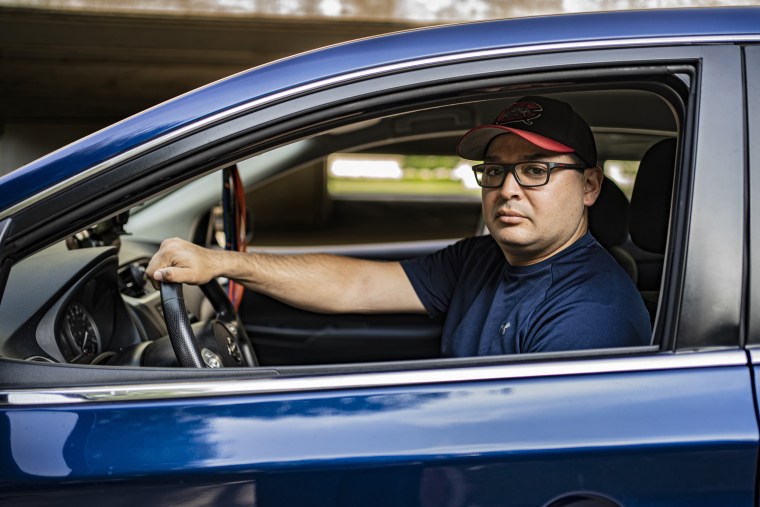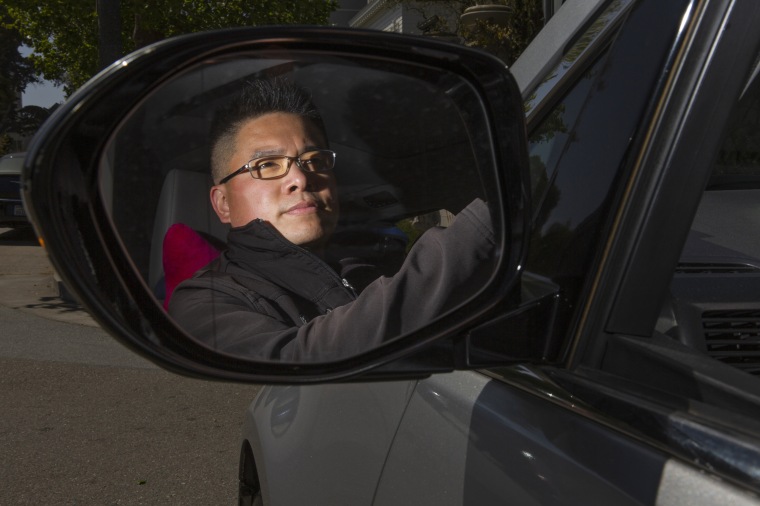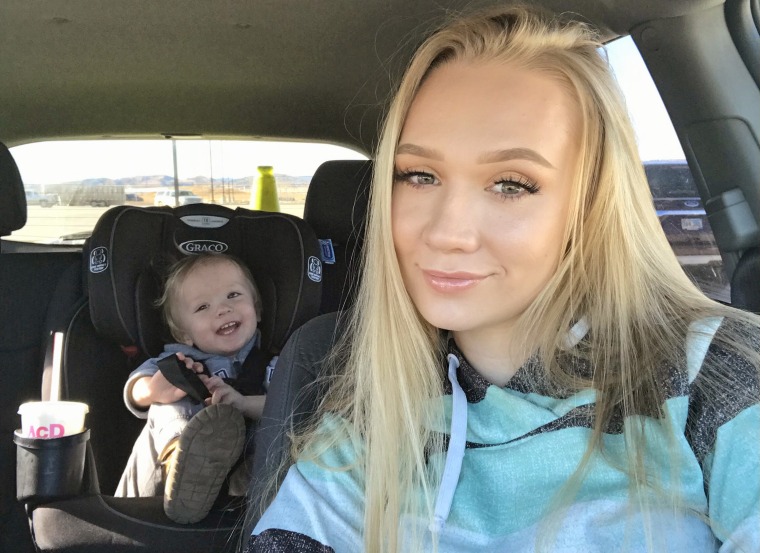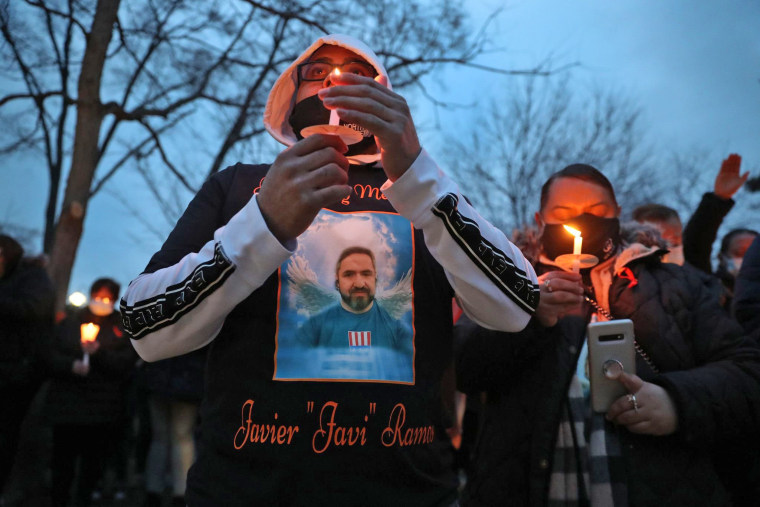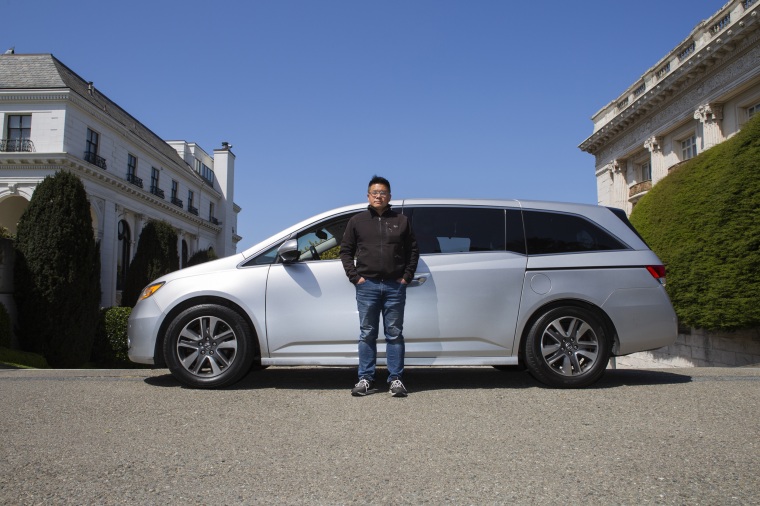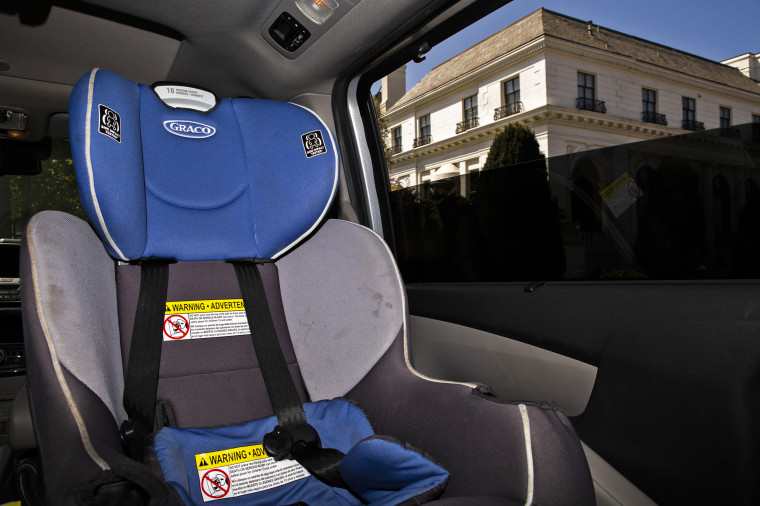THIRD WORLD USA
How racism undermined a Covid lifeline in Black neighborhoodsDr. Eugenia South and Diane Regas
© Provided by NBC News
One year into the pandemic, we have found ourselves in the midst of a national mental health crisis. Forty-two percent of adults in the United States said in December they had experienced symptoms of anxiety or depression, and substance abuse such as opioid overdoses is surging across the country. There are many Covid-19-related factors underlying this crisis, including the harsh economic consequences of job loss, the constant threat of eviction and food insecurity. Minority communities have borne a disproportionate share of these pandemic burdens.
One year into the pandemic, we have found ourselves in the midst of a national mental health crisis. Forty-two percent of adults in the United States said in December they had experienced symptoms of anxiety or depression, and substance abuse such as opioid overdoses is surging across the country. There are many Covid-19-related factors underlying this crisis, including the harsh economic consequences of job loss, the constant threat of eviction and food insecurity. Minority communities have borne a disproportionate share of these pandemic burdens.
The good news is that relief is coming. Widespread vaccination will allow us to ease social distancing and rebuild the social fabric so vital to our mental health. And the recently passed stimulus bill will provide much-needed economic assistance. But as states and local governments decide how to spend their stimulus money, we urge policymakers to invest in the people and neighborhoods for whom deeply rooted racial inequities have only worsened over the last year.
One way forward is to dedicate a portion of spending on the physical infrastructure of our neighborhoods, specifically targeting green space: trees, parks, trails and schoolyards. Early in the pandemic, it became clear that being outside was the safest place to spend time aside from staying home. Many of us have found solace in nature. In fact, green spaces have seen record usage over the last year.
Houston churches, parks become virtual learning spaces in pandemic
Last summer in Buffalo, New York, for example, Lory Pollina, an artist and musician without air conditioning, relied on Delaware Park, a block away from his apartment, during hot spells. (The coronavirus kept cooling centers shuttered across the city.)
“There are trees around the lake and there’s usually a breeze,” he told The Trust for Public Land, which one of us leads. “Nature is very healing when the city is hot.”
Unfortunately, many people do not have access to clean and safe parks. According to data collected by The Trust for Public Land, more than 100 million Americans, including 28 million children, do not have a park within a 10-minute walk of home, and studies have shown that parks serving primarily people of color are half the size and serve five times more people than parks in predominantly white neighborhoods. Formerly redlined neighborhoods, subjected to decades of racist policies leading to disinvestment and decline, have the least amount of green space today.
As the economic crisis bears down, park disparities are likely to sharpen, since park agencies are often the first to be targeted in state and local budgets. According to the National Recreation and Park Association, 56 percent of park agencies have seen budget cuts already, and according to the National League of Cities, 71 percent of local governments foresee significant future cuts. And park conservancies, which have the ability to raise private funds for needed park maintenance and upgrades, are concentrated in wealthy, whiter neighborhoods.
Simply put, however, cutting park budgets means deprioritizing health in minority communities. Even before the pandemic, a growing body of research highlights the positive impact of green space on our health, particularly mental and social health. Work from the University of Pennsylvania Urban Health Lab demonstrated that creating new clean and green spaces in low-income Black neighborhoods leads to reductions in violent crime and nearby residents feeling less depressed and more positive about their overall mental health. People report going outside more to socialize with neighbors. Pregnant women with a history of depression or anxiety experience less stress during pregnancy when they live near more trees. And even if you don’t break a sweat, spending time in nature leads to reduced stress; better sleep; lower rates of diabetes and obesity in children; and reduced mortality.
That’s why, as an emergency room doctor and the leader of The Trust for Public Land, a national nonprofit dedicated to creating close-to-home access to the outdoors, we are calling on policymakers to leverage stimulus funds to promote health equity through local greening projects.
For example, the city of Philadelphia received $3.3 billion from the federal stimulus budget for its city, schools and the transportation system. Some of this stimulus money should be directed to the parks and recreation budget to invest in new and existing parks in the poorest neighborhoods. Local residents could be hired by the city to undertake the work, for example, through job training programs like Power Corps PHL. And a portion of the money for schools should go toward the creation of green schoolyards.
In many American cities, public schoolyards are often nothing more than cracked, asphalt lots that overheat and stifle — rather than inspire — creative play. Top-to-bottom renovations, with design input from students, can turn schoolyards into vibrant green spaces and community assets. In Philadelphia, The Trust for Public Land has already overseen a dozen such schoolyard renovations. Opening all public schoolyards during nonschool hours nationwide would put a park within a 10-minute walk of more than 19.6 million people, including 5.2 million children, who currently lack access.
In addition, we urge Congress to pass the Parks, Jobs, and Equity Act. The recently introduced legislation, which has bipartisan support, would make a one-time historic investment of $500 million in local parks. (The Trust for Public Land is leading a coalition of more than 200 organizations in support of the bill.)
Addressing the mental health crisis facing the United States requires an intentional focus on spending for equity. We must, as a nation, make the decision to acknowledge and reverse the historical legacies of disinvestment and physical decay that continue to plague low-resourced, predominantly minority neighborhoods. Directing money from the stimulus and from the Parks, Jobs, and Equity Act toward parks and green space will boost local economic recovery while also building needed healthy neighborhood infrastructure.

